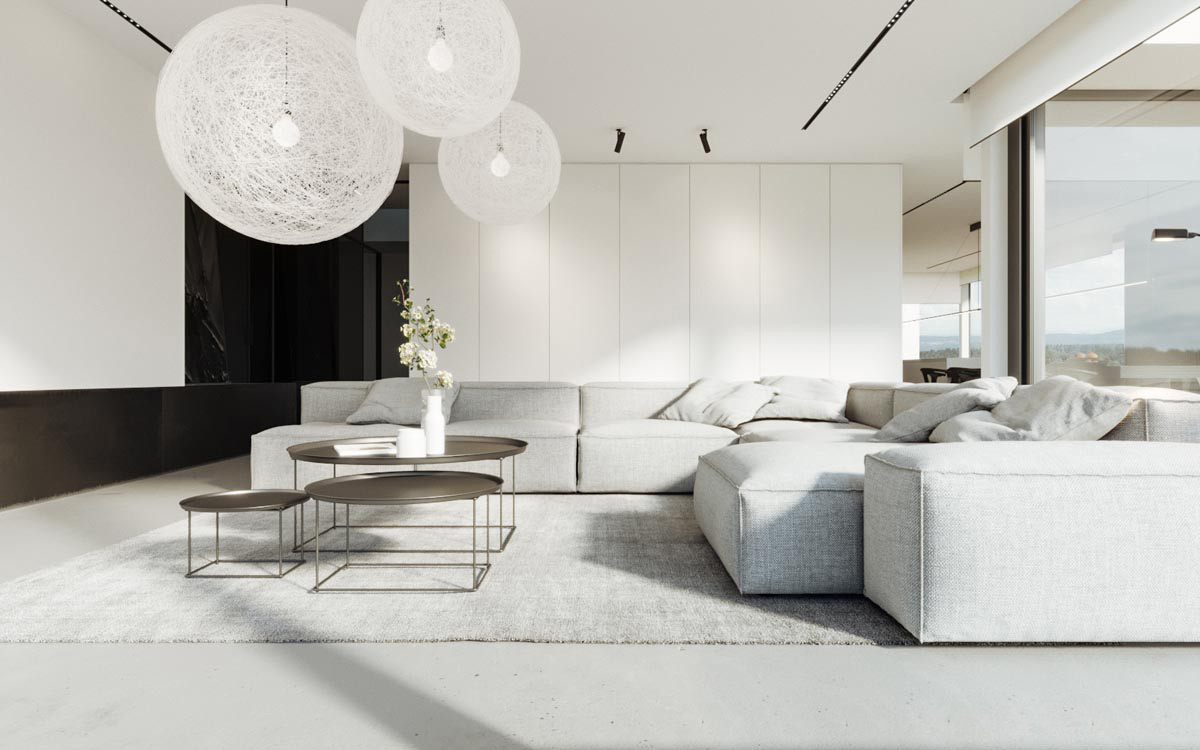Table of Content
But then came the age of appliance NAS devices, like the Drobo and Synology machines. When it came time to add more storage, I decided to move to my first Drobo array. Over time, I wound up purchasing four Drobos, both direct-attached and networked. I found that the ease of setup and the ease of maintenance was incredibly compelling, especially since I was so busy. For this tutorial, we’ll be using a portable USB hard drive and an internal hard drive with a SATA-to-USB adapter.

This will give you a much greater storage capacity than if you’re using a simple router and external drive. A PC, on the other hand, can be used as a NAS server if its connection to the internet is fast and its operating system is up to date. In terms of NAS operating systems, Windows Server 2008 R2 and Ubuntu are two of the most popular. A good storage server is typically a home or office computer with enough storage space and a quick network connection. If you have an old computer, there is a free utility called FreeNAS that can be used to set up a NAS server.
Why build a NAS server? 🔗︎
We’d ideally want to pick a motherboard with countless SATA ports so plenty of drives can be connected, but that would mean going with a bulkier case. Every purchase requires some pre-research followed by sensible decision-making. By purchasing this, you allow yourself to enjoy tension-free life without worrying about the product quality. After going through our article, we believe you will get an in-depth understanding of the best home build nas motherboard. Everyone chooses a product that lasts longer than some fancy products with a poor lifetime.

If one disk fails, its neighbor has a substantially higher risk of dying. This is especially true if the disks are the same model, from the same manufacturing batch, and processed the same workloads. I wanted to minimize my server’s physical footprint, so I opted for fewer, larger drives. Before building this system, I had zero experience with ZFS, so I was excited to try it out. The NAS4Free wikihas plenty of info on how to setup and run the OS on your device.
Help and support
Or, you can build your own NAS using a computer and some NAS-specific software. Finally, you can use a cloud-based NAS service, which will allow you to access your files from anywhere. I enjoyed the process of building my own NAS, but it was also a challenge and irritating.

Ranging between 2TB and 6TB, you can install up to eight of these drives in the NAS. They’re not the best around, but you won’t decimate your budget by buying a few. Random access memory is what is used by a device to store data for quicker access. These modules are like super-fast drives, allowing the operating system to store software and other files that can be quickly accessed at request. All data stored on RAM is cleared when the device is turned off. Should you want to use a dedicated GPU and other expansion cards, you’ll need a larger motherboard than Mini-ITX.
Intel Core i5-12600K
We’re going to be using a free piece of software called OpenMediaVault to manage our network storage. OpenMediaVault offers an easy-to-use, web-based interface, and multiple add-on options for advanced users. My biggest worry was that the disks would be too noisy, but I never hear them at all.
Under Shares, select Create, add your shared folder, and save. Navigate to Storage and Shared Folders and select Create. Here you can name the folder, select which drive it should exist on, and grant permissions to users. By default, the permissions should be correct, but you can tweak them if you prefer a different option for your network preferences. Power supplies come in a variety of formats, and you may find that an unofficial model such as a phone charger won’t be powerful enough for your Raspberry Pi.
Noctua makes some of the best fans around, and its CPU coolers are always a good choice for keeping temperatures down. Please note that you may have to contact Noctua for LGA 1700 mounting brackets to support the latest Intel motherboards. We’d recommend either the Western Digital Red or Seagate IronWolf range of 3.5-inch drives. They’re designed specifically for NAS use and are included in our best NAS drives collections.
It is recommended that you install a virtual machine on your workstation, then boot Ubuntu from a live image and install it on a USB hard drive. Following a hack, the problem was resolved in a very simple and elegant way. Access to the RAID requires four disks, but the noise is manageable. To maintain a consistent power supply to your external hard drives, it is best to use a powered USB hub to connect your storage to your Raspberry Pi. Both with hardware and software, taking the the from-scratch approach when you build your own NAS will let you create a device that meets your exact specifications. A NAS is not going to suffice because you require a lot of storage space and a lot of things.
You could do of course several things beside drink and forget. One of them is falling for a dedicated NAS as I did about 1 year ago which works just fine, if you have nothing to do with your cash. Second is to actually build yourself a storage that will overshadow any consumer dedicated NAS systems in speed performance, storage, price and plain fun. You can now upload files into the shared folder or delete them, if you have the permission, just like in a regular folder.
SilverStone is a big name in the PSU business and even manufactures units for other companies. The SX500-LG is an excellent powerhouse, offering up to 500W of power with an 80 Plus Gold rating for efficiency. The single 120mm fan is more than enough to keep it cool, not that you’ll hear it spin up. Xeons are a 'bad' idea for Plex as they do all transcoding in the CPU, without the help of a GPU. Having a nice is always a good decision for your household.

No comments:
Post a Comment